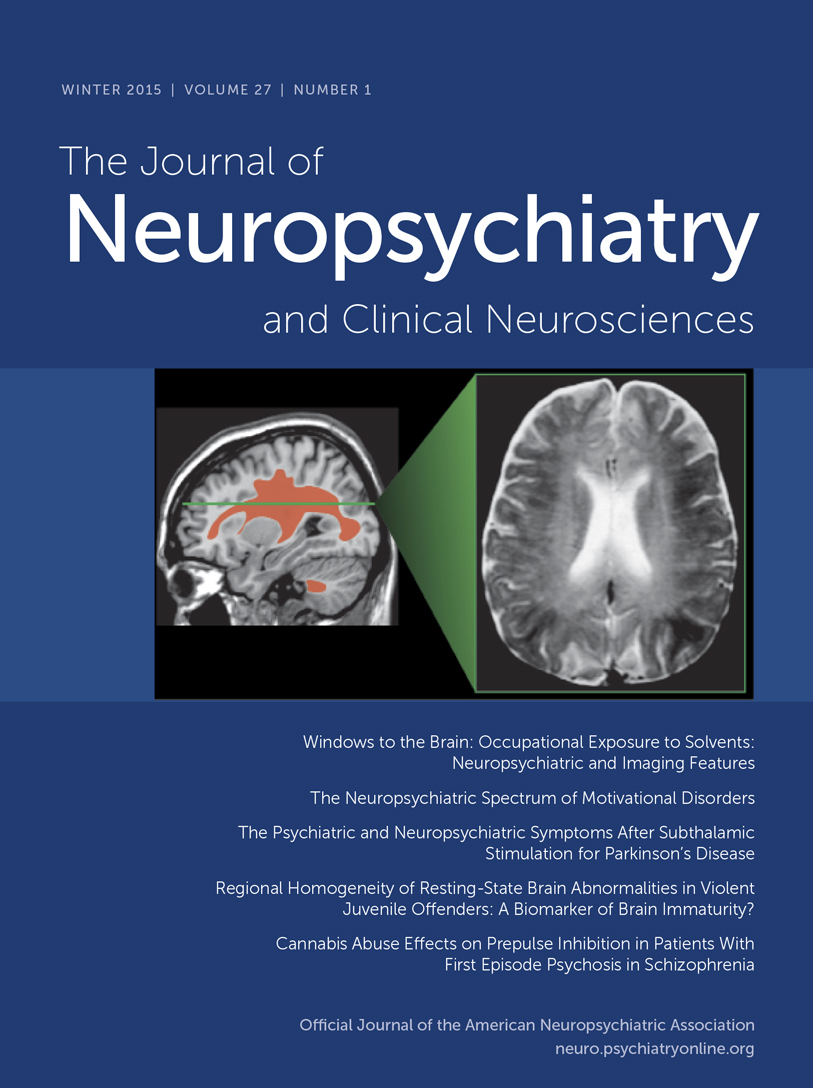A Neural Circuit Framework for Somatosensory Amplification in Somatoform Disorders
Abstract
Although somatosensory amplification is theorized to serve a critical role in somatization, it remains poorly understood neurobiologically. In this perspective article, convergent visceral-somatic processing is highlighted, and neuroimaging studies in somatoform disorders are reviewed. Neural correlates of cognitive-affective amplifiers are integrated into a neurocircuit framework for somatosensory amplification. The anterior cingulate cortex, insula, amygdala, hippocampal formation, and striatum are some of the identified regions. Clinical symptomatology in a given patient or group may represent dysfunction in one or more of these neurobehavioral nodes. Somatosensory amplification may, in part, develop through stress-mediated aberrant neuroplastic changes and the neuromodulatory effects of inflammation.



